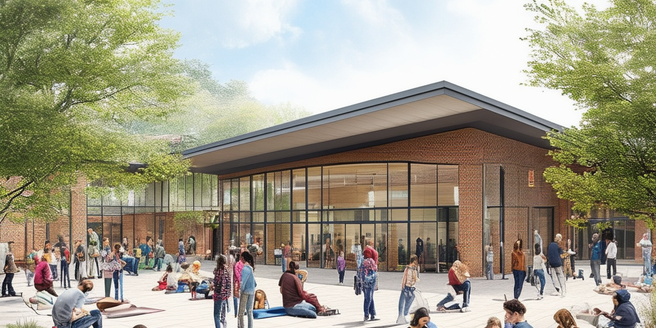Historical Overview of Welfare Systems
Welfare systems have significantly evolved since their inception. Initially designed to provide temporary relief to the poor, they have since expanded to address a myriad of social issues. Over time, these systems have become integral to ensuring social security and reducing poverty levels. Central to this evolution has been the role of government policy and public support. Additionally, this evolution has been driven by the changing needs of society. The English Poor Laws marked the first public policy implementation for welfare, setting the premise for future developments. The Great Depression catalyzed the evolution of welfare systems, with most countries establishing safety nets for their citizens. Since then, modulations have been made based on economic condition, political influence, and societal values.
Understanding the Basic Concepts and Terms of Welfare
Welfare refers to the system established by governments worldwide to address the financial needs of their citizens through a variety of measures including unemployment compensation, food stamps, and disability assistance. These welfare programs cater to diverse aspects of financial need and are funded by the nation’s taxpayers through the process of income redistribution – the transfer of wealth from wealthier sectors to financially vulnerable ones. The term “welfare state” portrays a government consciously promoting the economic and social wellbeing of its citizens aiming for social equality and justice. Therefore, the welfare system safeguards a fair society, ensuring financial difficulties do not prevent citizens from leading a decent life.
The Role of Welfare in Society
Welfare programs are designed to address social and economic imbalances in society, providing support to those in need. They not only alleviate extreme poverty, but also promote social solidarity by guaranteeing a minimum standard of living for all citizens. The welfare system also plays an economic role during recession periods by acting as a stabilizing force, helping to maintain consumer spending and reducing the impacts of downturns. Beyond these, welfare also reduces crime rates and instances of homelessness by providing basic sustenance, and further promotes societal stability by preventing desperate measures due to severe poverty. Thus, the role of welfare is multi-faceted, including economic stability, a collective safety net, and crime reduction.
Critical Analysis of Current Welfare Policies
While welfare systems aim to alleviate societal disparities, they are vulnerable to criticism. Critics argue that, instead of providing necessary security, such systems risk fostering dependency and discouraging work by offering generous, non-stringent benefits, thereby creating a ‘welfare trap’. Additionally, high administrative costs of implementation and management attract criticism, as they contribute to fiscal deficits and thereby exacerbate financial issues rather than alleviating poverty or inequality. Balancing support for those genuinely needing it without invoking discouragement towards personal improvement or work, and avoiding a culture of entitlement in people feeling an unquestionable right to benefits, is important for a positive societal impact. These considerations form the center of policy-making debates, focusing on preserving the dignity and potential self-sufficiency of all welfare recipients.
Future Directions: Improving the Welfare System
Improving welfare systems entails overcoming their inherent challenges. As part of this process, it is essential to examine various global models and learn from their successes and failures. Policymakers must develop methods of preserving the incentives to work while ensuring adequate support. In doing so, they must strike a delicate balance to prevent any abuses of the system. Moreover, constant and unbiased evaluation of these methods is equally necessary to ensure their effectiveness. Universal basic income, negative income tax, and welfare-to-work programs are among some proposals. Moreover, incorporating technology can help reduce the administrative costs associated with welfare provision. Ultimately, the aim should be to create a system that truly encapsulates the essence of welfare: providing for those in need while ensuring societal progression.



